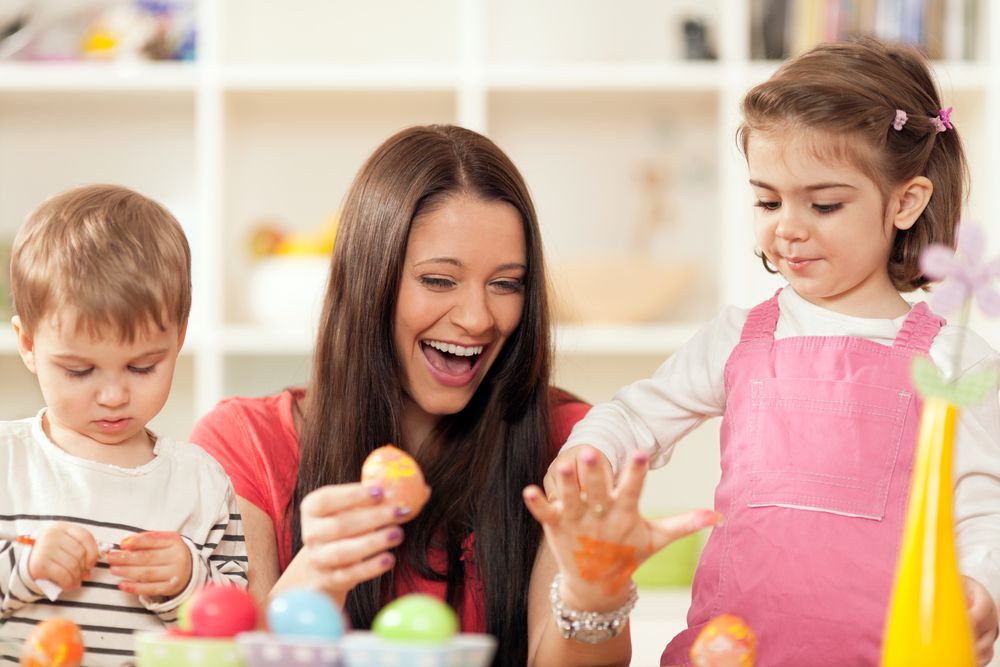With Easter at our doorstep, we have eggs on the mind! Coloring Easter eggs is a great way to spend time with your family and have fun with the kids. Eggs can also be a nutritious addition to your diet as they are packed with protein, essential vitamins, and minerals.
Eating decorated eggs is a great way to prevent waste, however, careful preparation is necessary to keep you and your loved ones safe. According to the FDA, more than 140,000 illnesses are caused each year by consuming eggs contaminated with Salmonella. Additionally, some cancer treatments may suppress your immune system, making it especially important to use caution when handling and eating eggs.
Here are some key tips to follow:
- Only buy eggs stored in the refrigerated section of the grocery store.
- Use food grade or natural dyes (see below!) when decorating your eggs.
- Refrigerate or consume hard-boiled eggs within two hours of cooking.
- Eat refrigerated eggs within one week.
- Always wash hands, utensils and cooking surfaces thoroughly before and after handling eggs.
Try a new decorating method this year!
Natural dyes are a safe and unique way to create an egg masterpiece. Did you know that you can use various foods as natural coloring? For example, use blueberries for blue, beets for pink/red, turmeric for yellow, paprika for orange, green tea for green, or grape juice for purple.
Just soak one of these colorful foods in a cup of boiling water for about ten minutes. Then, strain the food out, cool the water, and add 1/8 cup of white distilled vinegar, which will fix your color to your eggs. Now you’re ready to gently place your eggs into your colored water! Allow eggs to soak to your preferred color intensity.
Bonus: Make a delicious deviled egg appetizer with your leftover Easter eggs!
Enjoy decorating and eating your yummy creations!
